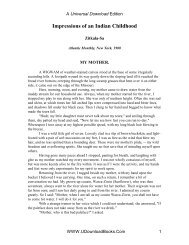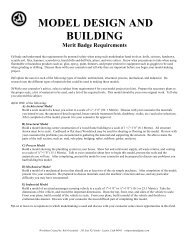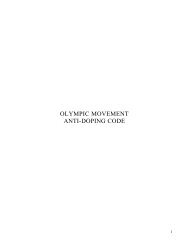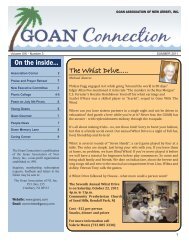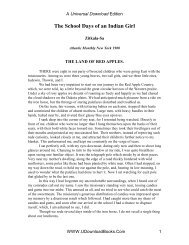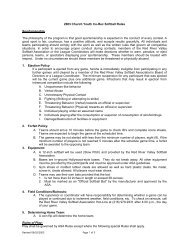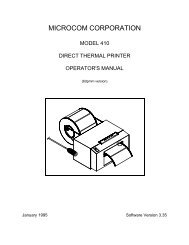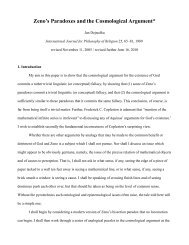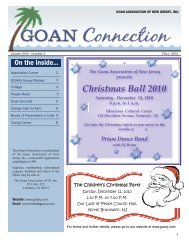Dummett's Backward Road to Frege and to Intuitionism - Tripod
Dummett's Backward Road to Frege and to Intuitionism - Tripod
Dummett's Backward Road to Frege and to Intuitionism - Tripod
You also want an ePaper? Increase the reach of your titles
YUMPU automatically turns print PDFs into web optimized ePapers that Google loves.
“problem” (1981a: 87–88, citing 1981: 268). My view is that the earlier Dummett is right that for <strong>Frege</strong><br />
there is no backward road, <strong>and</strong> the 1993 Dummett is right that the context principle is actively used in<br />
Grundlagen <strong>and</strong> implicit in Grundgesetze. But the 1993 Dummett is interpreting the context principle<br />
<strong>to</strong>o strongly, so that it permits <strong>and</strong> even requires a backward road in <strong>Frege</strong>’s theory of sense <strong>and</strong><br />
reference.<br />
2. Problems with the program<br />
Dummett’s program has at least seven problems.<br />
The first problem is a dilemma based on an ambiguity. Dummett says, “Our theory may<br />
accordingly specify outright the conditions for a sentence of a given form <strong>to</strong> be true or false....” But<br />
when we are given the form of a sentence, does he mean that we are given (1) that the form of sentence<br />
S is the form of, say, an identity statement? If so, then we are not given which subsentential name in S<br />
refers <strong>to</strong> the identity relation or which subsentential names in S are the logical subject-names. Even if S<br />
is “a = b”, we have no right <strong>to</strong> assume that the subsentential expressions are what they usually are.<br />
How can we derive references <strong>and</strong> senses for subsentential names if we do not even know how <strong>to</strong> parse<br />
a sentence in<strong>to</strong> names, that is, if we do not know which physical portions of the sentence <strong>to</strong> count as<br />
names? We would be lost before we started. We have only a list of complete sentences of the object-<br />
language <strong>to</strong> work with, <strong>and</strong> not a list of subsentential names. Or does he mean that (2) we are given (1)<br />
plus which portion of an identity statement <strong>to</strong> count as the name referring <strong>to</strong> the identity relation <strong>and</strong><br />
which portions <strong>to</strong> count as the logical subject-names?<br />
It might seem that Dummett has option (1) in mind, since he continues, “that is, <strong>to</strong> have one or<br />
other truth-value as its Bedeutung;” which would not give us any clue as <strong>to</strong> how <strong>to</strong> parse sentence S<br />
in<strong>to</strong> names. And he further continues, “but it cannot fix the Bedeutung of any term by specifying that it<br />
4




